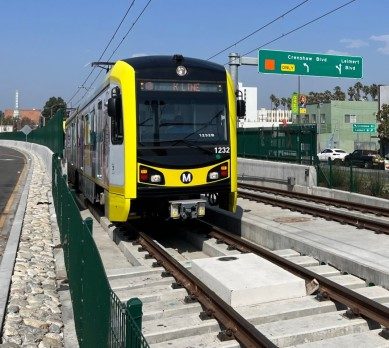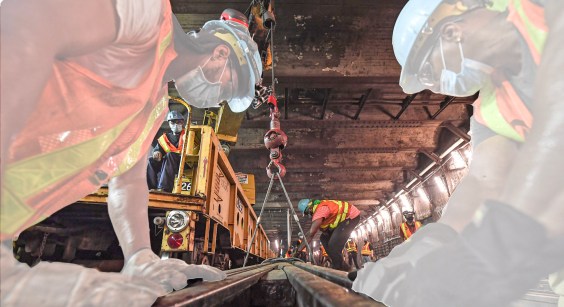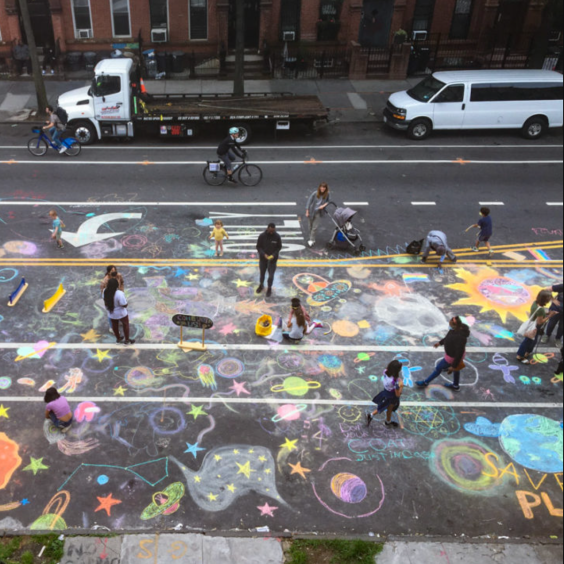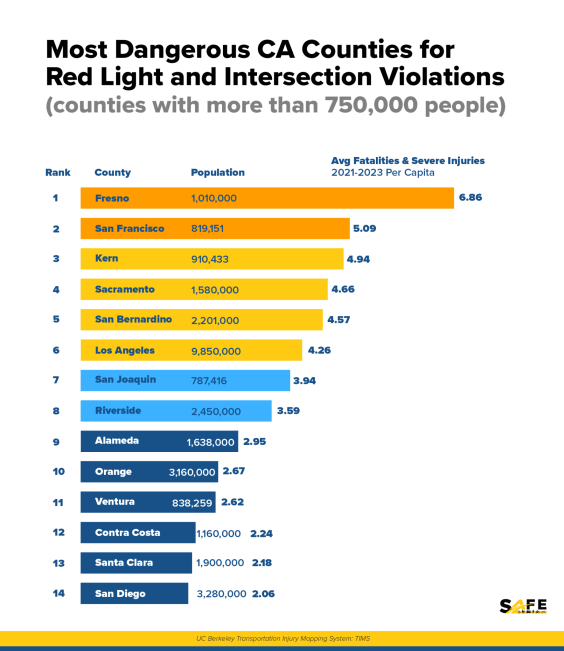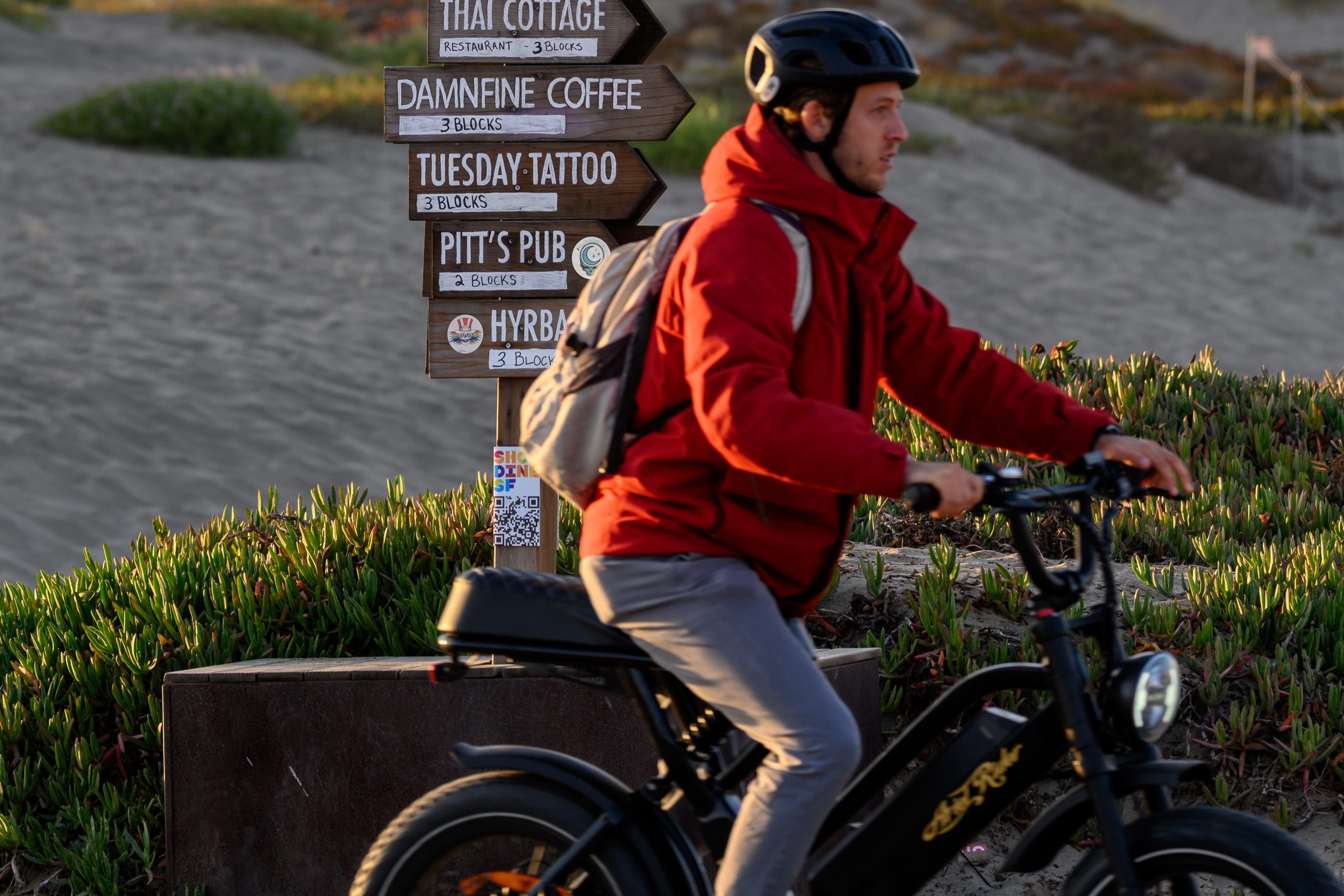Today, Metro opened its newest light rail line to the public: the 8.5-mile $2 billion K Line, also known as the Crenshaw/LAX Line. In celebration, rides are free on the entire Metro system all weekend.
Opening ceremonies were held in Leimert Park Village. The location was notable, both because it is the cultural beating heart of Black Los Angeles and because Metro had originally planned to bypass the Village altogether. L.A.’s Black elected leadership – from Mayor Tom Bradley, to U.S. Representatives Maxine Waters and Karen Bass, to Supervisor/Councilmember Mark Ridley-Thomas and many others – pushed for the Crenshaw/LAX Line as an investment in Black Los Angeles. As such, Ridley-Thomas argued almost a decade ago, Leimert Park could not be overlooked.
Metro CEO Stephanie Wiggins, who helped get the K Line across the (almost) finish(ed) line, spoke of Metro fulfilling a promise to the tenacious South L.A. community. She declared that the line advances equity and justice, while also helping address climate change.
Numerous leaders praised the line for connecting communities, bolstering sustainability, creating quality jobs, helping people access jobs, and much more.
The line is largely at grade, and includes underground and elevated stretches. The northern 1.5 miles are underground, with three subway stations. The southern end of the line, near LAX, includes several aerial stretches.
The seven stations currently open are Expo/Crenshaw, Martin Luther King Jr., Leimert Park, Hyde Park, Fairview Heights, Downtown Inglewood, and Westchester/Veterans.
Two additional stations are anticipated to open in 2024, when the Airport Metro Connector is completed.
Construction did not go smoothly. The line was not on budget. Nor was it on time, something that prolonged the hardships for businesses along Crenshaw and exacerbated the frustration many felt about it running at grade up the spine of the historic Black business corridor.
Metro made other stumbles during that period, too, including posting renderings for a joint development project at Expo/Crenshaw that whitewashed the community and releasing public service announcement videos that painted Metro’s Black and brown ridership as undesirable. And, early on, the extent to which the Metro-funded art planned for the stations along the corridor largely avoided engaging or even acknowledging the Black community’s claim to place suggested Metro still was not ready to reckon with the role of infrastructure projects in reshaping non-white communities.
In the interim, stakeholders have worked to harness the change the new line will inevitably bring. Destination Crenshaw is the most visible effort to, as Councilmember Marqueece Harris-Dawson has often put it, turn “insult into opportunity” and let those on the train know they are moving through a historically Black space. The 1.3-mile-long open-air “People’s Museum” will honor the past, present, and future of Black L.A. via parklets, landscaping, and permanent and rotating artworks. It is currently under construction.
And the 2020 Vision Initiative launched by Leimert Park Village stakeholders back in 2014 has helped revitalize the village as a hub for Black creatives and entrepreneurs and the celebration of the diaspora. That vitality was on display today, as the public got a taste of the kinds of cultural events regularly celebrated on the People St Plaza.
Boarding the first Metro K Line train northbound out of Leimert Park Station pic.twitter.com/XzJ9Jp0gD1
— StreetsblogLA (@StreetsblogLA) October 7, 2022
Though most of the line stations opened today, there are more interconnected projects coming soon to the area:
- Two more stations: As noted above, there are still two more LAX stations coming, anticipated to open in 2024. The Airport Metro Connector Station is a mega-station at 96th Street connecting to the under construction LAX peoplemover (called the Landside Modernization Access Program (LAMP)). There will also be an Aviation/Century Station, and the K Line will tie into the C (Green) Line.
Construction is underway at Destination Crenshaw’s Sankofa Park.Destination Crenshaw: Destination Crenshaw broke ground in February 2020. Construction is currently underway on Sankofa Park, the project’s northern anchor. Located just south of Leimert Park Village, the interactive monument will allow visitors to reflect back on the length of the Crenshaw corridor and the stories of Black L.A. that both the permanent and rotating artworks will tell.
- Inglewood Peoplemover: The city of Inglewood is expecting to start construction soon on its 1.6-mile peoplemover project that will connect the K Line to SoFi Stadium. Today, Inglewood Mayor James Butts pledged the project would be completed by 2027, in time for the Olympics.
- Transit-Oriented Development: For better and for worse, the arrival of the K Line has spurred new development. Today, L.A. City Councilmember Marqueece Harris-Dawson praised affordable housing components of Black developers’ projects in the Leimert Park neighborhood. But not enough of the projects have been responsive to community needs/context: either by having few affordable units, having problematic renderings (and, even after fixing the renderings, still falling short on affordable units), potentially resulting in the displacement of significant artwork, having the potential to displace dozens of lower-income Black and brown residents from rent-controlled units, or having the potential to gut and transform (rather than uplift and enhance) a major asset like the Crenshaw Mall. The sheer scale of the changes on the horizon have residents of the historically disenfranchised community concerned their already tenuous foothold in the community will finally give way.
- Centinela Grade Separation: Metro is pursuing a potential $200+ million Centinela Boulevard grade separation project, designed to spur more, easier, and faster driving through Inglewood. It could result in a two-year closure of part of the K Line.
Metro expects to open another light rail project – the downtown L.A. Regional Connector subway – in early 2023, likely in or around February.
See SBLA’s twitter for more on the day’s festivities.
